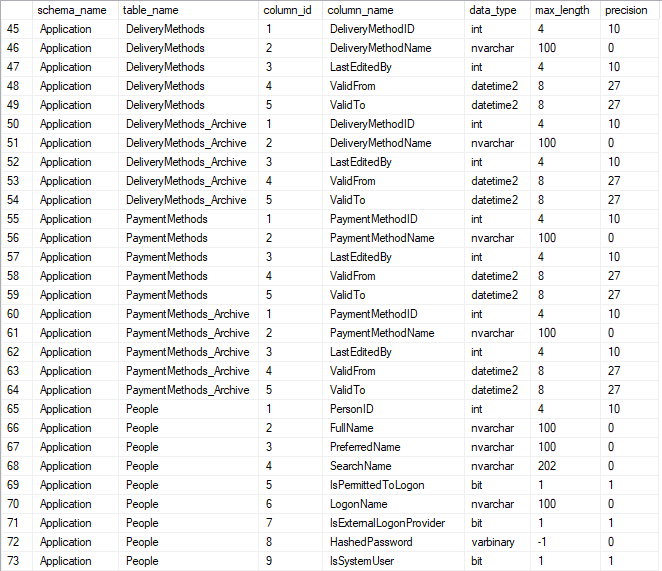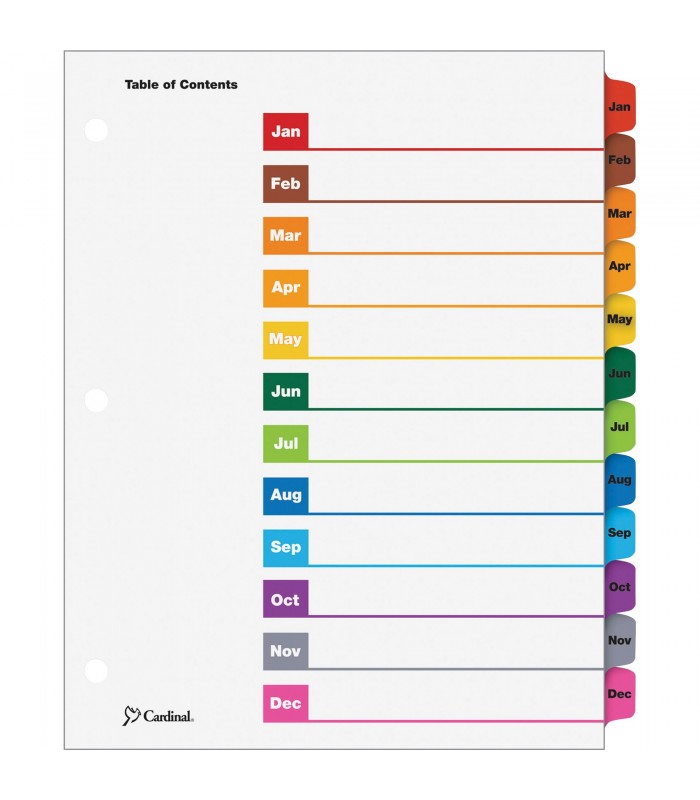
Drag and drop objectsīy far the most useful feature of Tabular Editor, when working on models with many measures/columns organised in display folders. You may use RegEx for your renamings, and optionally choose whether translations should be renamed as well. Furthermore, you can perform batch renames by selecting multiple objects and right-clicking in the Explorer Tree. The duplicated objects will have their names suffixed by "copy". The right-click context menu in the Explorer Tree lets you duplicate measures and columns.
Hidden (can be set for multiple objects through the right-click context menu in the Explorer Tree)ĭifferent properties exist, depending on what kind of object was selected. Display Folder (can also be renamed directly in the Explorer Tree, also drag/drop). Name (you can rename objects directly in the Explorer Tree by hitting F2). Examples of properties you can set through the Property Grid: This is useful for example when setting the Format String property. If you select multiple objects at once, the Property Grid lets you simultaneously edit properties for the selected objects. The Property Grid on the lower right side of the screen, shows most of the properties for the object(s) selected in the Explorer Tree. Right-clicking will show a context menu, providing a range of handy shortcuts for operations such as setting visibility, perspective inclusion, adding columns to a hierarchy, etc. If you double-click a measure or calculated column, you may edit its DAX expression. You can rename an object by selecting it in then hitting F2. Use the buttons immediately above the Explorer Tree, to toggle invisible objects, display folders, measures, columns and hierarchies, or to filter objects by name. This way, objects are arranged similar to how end-users would see them in client tools: If you only want to see tables, measures, columns and hierarchies, go to the "View" menu and toggle off "Show all object types".Įxpanding a table in the "Tables" group, you will find the measures, columns and hierarchies contained in the table presented in their respective display folders by default. By default, all object types (visible tables, roles, relationships, etc.) are shown. Objects of the loaded model are shown in the Explorer Tree, on the left side of the screen. The wizard will guide you through the deployment process, and allow you to choose which areas of the model to deploy. If you want to deploy the currently loaded model to a new database, or overwrite an existing database with the model changes (for example when loading from a Model.bim file), use the Deployment Wizard under "Model" > "Deploy.". If you want to save the connected model to a Model.bim file, choose "Save As." from the "File" menu. Note that you may need to manually recalculate objects in the model, depending on the changes made, to successfully query the model. Client tools (Excel, Power BI, DAX Studio, etc.) should be able to immediately view the changes in the database after this. 
Proceed at your own risk!Īny time you press CTRL+S after the database has been loaded, the database will be updated with any changes you've made in Tabular Editor. Note that although Tabular Editor can make changes to a Power BI model through the TOM, this is not supported by Microsoft and may corrupt your.

The "Local Instance" dropdown, may be used to browse and connect to any running instances of Power BI Desktop or Visual Studio Integrated Workspaces. The dialog shown also lets you connect to Azure Analysis Services instances, if you provide the full name of the Azure AS instance, starting with "azureas://". Select the one you want to load, and click "OK" again. After hitting "OK", you will be prompted with a list of databases and the server. Enter the server address and (optionally) provide a username and password.

Hitting CTRL+SHIFT+O lets you open a Tabular Model directly from a Tabular Database that has already been deployed. If you want to deploy the loaded model to an Analysis Services server instance, see Deployment below. CTRL+S saves any changes you make in Tabular Editor back to the file (we recommend backing up your Model.bim files before using Tabular Editor). The file must be of Compatibility Level 1200 or newer (JSON format).

Hitting CTRL+O shows an Open File dialog, which lets you select a Model.bim file to load in Tabular Editor. The following article will give you a quick overview of the most important features of Tabular Editor.








 0 kommentar(er)
0 kommentar(er)
